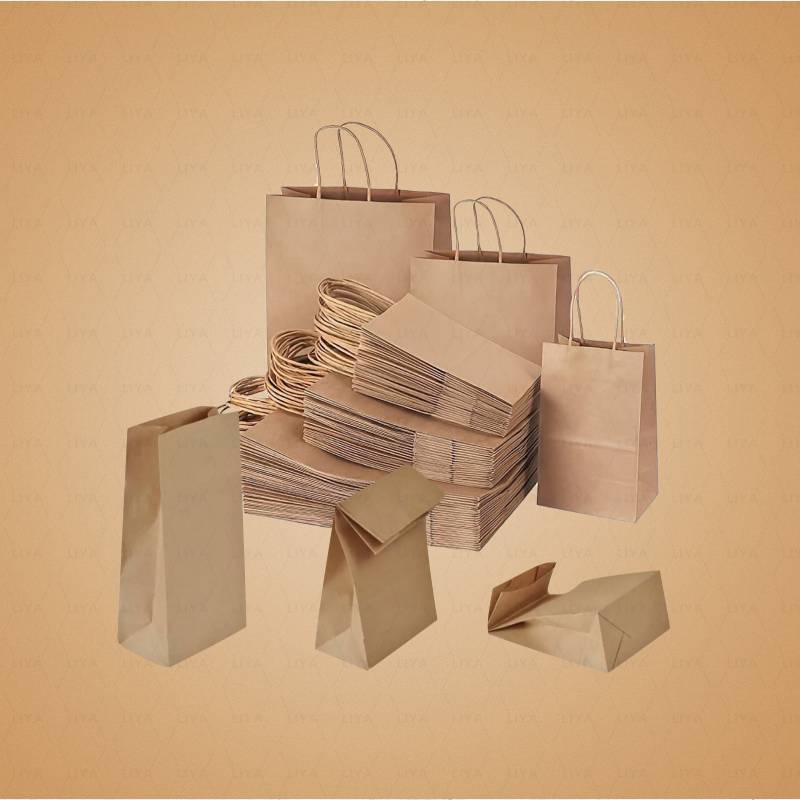Eco-Friendly Lawn Bags for Sustainable Yard Cleanup and Waste Management Solutions
The Rise of Biodegradable Lawn Bags A Sustainable Choice for Gardeners
In recent years, environmental awareness has surged, prompting individuals and businesses alike to seek more sustainable practices in their daily lives. One area where this shift is notably evident is in lawn care and maintenance. As homeowners and gardeners work tirelessly to maintain their lush, green spaces, traditional waste disposal methods—such as using plastic lawn bags—have come under scrutiny. This has paved the way for the increasing popularity of biodegradable lawn bags, which offer a more eco-friendly alternative to conventional plastic options.
Biodegradable lawn bags are designed to break down naturally over time, unlike standard plastic bags that can take hundreds of years to decompose. Made from materials such as recycled paper, plant fibers, or starch-based polymers, these bags can quickly disintegrate when exposed to moisture, heat, and microorganisms. This characteristic not only reduces the amount of waste that ends up in landfills but also lessens the environmental impact associated with plastic pollution.
One of the primary advantages of using biodegradable lawn bags is their contribution to reducing plastic waste. According to the Environmental Protection Agency (EPA), millions of tons of plastic enter landfills each year, many of which consist of single-use items, including lawn care bags. By switching to biodegradable options, gardeners can significantly diminish their reliance on plastic, playing a crucial role in the fight against pollution and environmental degradation.
biodegradable lawn bags

Moreover, biodegradable lawn bags often come with additional benefits. For instance, many of these bags are compostable, meaning they can be added to home composting systems. This not only diverts waste from landfills but also creates nutrient-rich compost that can be utilized in gardens and landscaping, further promoting a sustainable gardening practice. By composting yard waste, gardeners can return valuable nutrients to the soil, enhancing plant health and soil fertility.
Another significant aspect of biodegradable lawn bags is their usability. Designed to handle garden debris such as grass clippings, leaves, and small branches, these bags are usually sturdy and capable of holding substantial amounts of waste. Many manufacturers have made advances in design and durability, ensuring that these bags can withstand the rigors of yard work while still being environmentally friendly.
However, it’s important for consumers to be aware that not all biodegradable or compostable bags are created equal. The terms biodegradable and compostable are often used interchangeably, but they have distinct meanings. To ensure that you are making a responsible choice, look for certification from recognized standards such as the Biodegradable Products Institute (BPI) or ASTM International, which indicate that the bags will decompose under specific conditions. Being informed can help gardeners select the most sustainable options available in the market.
In conclusion, the shift toward biodegradable lawn bags represents a larger movement toward sustainability within gardening and landscaping practices. As more people become aware of the environmental impacts of their choices, the demand for eco-friendly alternatives is likely to continue growing. By adopting biodegradable lawn bags, gardeners can play an active role in reducing plastic waste and promoting a healthier planet. Along with the benefits they bring to waste disposal, these bags also encourage responsible gardening, creating a harmonious balance between maintaining beautiful outdoor spaces and caring for the environment. Embracing this trend not only reflects a commitment to sustainability but also fosters a sense of community and stewardship towards the earth we all share.
-
Self Seal Bags: Secure, Clear, and Customizable Packaging for Every IndustryNewsAug.15,2025
-
Paper Cups: Bulk Solutions for Events, Cafés, and Eco-Friendly ServiceNewsAug.15,2025
-
Laminated Bags: Durable, Customizable Packaging for High-Impact BrandsNewsAug.15,2025
-
Grocery Bags: Smart, Sustainable, and Scalable Solutions for RetailersNewsAug.15,2025
-
Drawstring Bags: Versatile, Customizable, and Cost-Effective for Bulk UseNewsAug.15,2025
-
Disposable Gloves: Wholesale Solutions for Safety, Hygiene, and EfficiencyNewsAug.15,2025
-
Have the freedom of customizing your custom mailers any way you want! Our dedicated packaging support will help deliver you the mailing experience you need to elevate your shipping experience to the next level! Start making a strong impression on your customers and stand out from your competitors! -
LIYA uses high quality raw materials which directly purchased from large enterprises domestic and overseas such as PetroChina, Sinopec, Sabic, Equate, ExxonMobil, Dow Chemical, Total, and Borouge, ensuring the price advantage and quality of the raw materials. -
LIYA uses high quality raw materials which directly purchased from large enterprises domestic and overseas such as PetroChina, Sinopec, Sabic, Equate, ExxonMobil, Dow Chemical, Total, and Borouge, ensuring the price advantage and quality of the raw materials.





